Butterfly Garden: The Ultimate “How-To” Guide
A butterfly garden is a charming, peaceful place that invites to mindfulness meditation and relaxation. But what if we were to tell you that it’s possible to make an inviting butterfly garden in your own backyard?
Sunny meadows with bushes and hedges have always been the favorite places for butterflies to thrive, to the benefit of the entire ecosystem. Sadly, the elimination of the hedges from the agricultural fields, the use of pesticides and herbicides, and the choice to populate the parks and gardens with exotic plants which are poor in nectar, contribute to reducing the global population of butterflies.
Yet, if you love these elegant insects, you can easily recreate a favorable environment that will attract not only butterflies, but also ladybugs, honeybees, and other “useful” insects that help to naturally eliminate some pests and preserve the biodiversity.
To make a butterfly garden, all you need is a small outdoor space. Even a small backyard can be transformed into a beautiful, mystical place that bonds urbanization to nature.
Understanding Butterflies
Butterflies, together with the moths, are a group of flying insects called Lepidoptera. The peculiarity of these insects, hence their beauty, is in the wings. Butterflies have four of them, covered in colorful patterns and hue scales.
These insects love open-air, sunny environments, such as field and pastures, where they find nutritious plants and flowers.
However, the alteration of the fields with massive works of land clearing led to the removal of hedges, woods, ponds, and ditches, interfering with the natural habitat of the butterflies.
The massive use of herbicides has also caused the extreme rarefaction, or the complete disappearance, of many spontaneous flowers whose nectar fed the butterflies. Moreover, butterflies were largely exterminated due to the intensive use of insecticides.
Intense urbanization also contributed to this significant decrease of the butterfly population, and the only colonies that survived are small and isolated. This has two serious consequences. On one hand, if a colony of butterflies is extinct, due to a particularly cold winter, for example, other butterflies will hardly be able to arrive at the isolated place and give life to a new colony.
On the other hand, the repeated and exclusive crossing between blood relatives leads to a weakening of the overall populations of butterflies. And since these insects are involved in the pollination process of the plants, this would lead to many serious consequences from an environmental point of view.
Moreover, both public and private gardens are often inhospitable for butterflies, due to the widespread use of exotic plants, on which butterflies rarely lay eggs, and to the “showy” flowers that are poor in nectar. The frequent mowing of the lawns also interferes with the habitat of the butterflies.
With a butterfly garden, you can bring a small contribution to protecting this amazing and endangered species.
Why Build A Butterfly Garden?
There are dozens of reasons to build a butterfly garden. First, because it’s attractive; the various plants and decorations that make a garden attractive for butterflies make it attractive for people too, boosting the curb appeal of your property.
A butterfly garden also has an educational value. It’s the ideal place where to make naturalistic observations and teach your kids biology.
But above all, a butterfly garden can constitute an important “bridge” between the surrounding natural areas, a place where these small insects can stop while migrating from one part of the world to another.
How To Start A Butterfly Garden

If you want to transform your outdoor space into a welcoming and hospitable butterfly garden, you’ll have to follow some precise rules. These insects have clear preferences on plants, and the caterpillars (or butterfly larvae if you want) need proper nutrition to transform into the elegant flying insects.
The first thing to consider, therefore, is the needs of the caterpillars and butterflies. Some butterflies feed on plants belonging to the specific genus, others distinguish between plant varieties and only like one species. These “nursing plants” usually belong to the traditional flora, so forget about embellishing your garden with exotic species.
Another important element in a butterfly garden is the lawn, which in a small garden act as a meadow. The lawn has to benefit from sufficient sunlight; if your property is only partially exposed to the sun, make the garden in a sunny corner.
It’s recommended to surround the butterfly garden with hedges or bushes, plants that offer butterflies shelter from wind, but also nutrients.
Another thing to have in mind is the butterflies’ mating ritual. A perfect place for the courtship and mating would be a garden fountain surmounted by flowers, a small tree with compact foliage, a well or a small pond.
If possible, introduce in the garden some aquatic plants too, which will not only attract butterflies but also other insects and animals, such as frogs and tree frogs, dragonflies, ladybugs, and honeybees.
Finally, it is important to build a good irrigation system able to keep the soil moist in the hottest months. Butterflies prefer sandy soil, from which they can extract water and minerals.
Which Butterflies May Arrive In Your Garden?
Like we mentioned above, some butterfly species have clear plant preferences, whereas others accept a wider choice of plants. However, the plants in your garden will determine which butterflies may arrive. Moreover, some species grow only in particular environments and can hardly be observed in a traditional butterfly garden.
Among the less demanding species that could be attracted by your flowers, we can mention Zebra Swallowtail, Tiger Swallowtail, Red-Spotted Purple, American Painted Lady and American Snout, Black Swallowtail, Common Checkered Skipper, Eastern Tailed Blue, Little Yellow, Giant Swallowtail, Greater Fritillary, Hackberry Emperor, Orange Sulphur or Sleepy Orange, to name just a few.
If you live near a natural area, such as a birch forest or near a grove or swamp, it can even happen to observe rare species of butterflies in your garden.
How To Make A Butterfly Garden
A butterfly garden is easy to make even in the tiniest spaces. You don’t even need a garden, and more often than not, a sunny terrace can be a perfect place where to set up your project.
Making A Butterfly Garden On A Terrace
In the absence of other outdoor spaces, it’s easy to arrange a small butterfly garden on the terrace. Obviously, you should choose plants that are easy to grow in pots, and you can even embellish the terrace walls with some climbing plants.
Climbing plants provide a relaxing space for the butterflies; ivy and honeysuckle are both easy to grow, and the latter attracts the beautiful insects with its particular fragrance. As for the other plants in your terraced garden, you could plant verbena, sagging lantana, sage, oregano, valerian, heliotrope, mint, wild primroses, dwarf zinnias, Japanese chrysanthemums, rue, ornamental cabbage, and nasturtium.
Preparing The Pots
Before moving on to sowing the seeds, we feel it’s important to have a word on how to prepare the pots.
First of all, check that each pot has at least one hole on the bottom; all plants mentioned above need proper drainage to thrive, and you need prolific plants to attract butterflies. To ensure drainage, it’s also recommended to place a layer of gravel at the base; preferably, choose clay or terracotta pots which are simply more attractive than their plastic counterparts.
Pour a thin layer of potting soil, then add a layer of compost, before topping up with potting soil. Sow the seeds or, if you want to speed things up, transplant seedlings bought from a local nursery.
Arrange The Garden
Once each plant is in its pot, arrange the pots on the terrace, mixing and matching the flowers. The idea is to create a mixed garden able to attract as many species of butterfly as possible. To create an alluring space for these beautiful insects, place the pots grouped together, rather than arranging them in a line along the edges of the terrace.
Decorate the garden with small statues and make sure to integrate a small waterfall fountain in the design.
Making A Butterfly Garden In Your Yard

More often than not, a flowerbed offers enough space for a small outdoor butterfly garden. In other words, a small backyard offers enough space for this project, provided there is sufficient sunlight.
Choose The Spot
Outdoors, you can make a butterfly garden in a flowerbed or even in a raised bed; more important than size is the location. Butterflies love sunshine, therefore you’ll have to choose a sunny spot where to build the landscape.
Choose The Plants
Another thing to consider is the plants. Because of the spot, you’ll have to choose plants that thrive in direct sunlight, but fortunately, there are dozens of choices. Also, keep in mind that butterflies love different shapes and colors. Moreover, the plants should flower continuously, from spring to autumn.
Some herbaceous plants and bushes are particularly suitable to use in flower beds, such as the lilac or lantana. Japanese chrysanthemums, verbena, heliotrope, lavender, marjoram, sage, oregano, September star, red valerian, mint, primroses, thyme, garlic chives, catnip, sunflower, small white aster, white clover, and ground ivy are just some of the plants you could consider.
Arrange A Flowerbed
Once you have decided where to make the flowerbed and what plants to include, you can start arranging your garden.
To make the flowerbed, dig the ground and remove any unwanted weeds or grass. Enrich the terrain with an organic substance, such as compost or organic fertilizer. Manure is another great fertilizer to use for this purpose.
If you want to get a round flower bed, attach a rope to two pegs. Stick one in the ground, more or less in the center of the flowerbed, then walk in a circle, keeping the rope tensed and drawing a circle on the ground with the other peg.
Plant the larger flowers in the center of the flowerbed and the shorter ones towards the edges. Install garden edger to increase the curb appeal of your landscape and to keep weeds and grass away from the arrangement.
Once all plants are in place, add some mulch to keep them thriving, and fertilize your butterfly garden with organic substances at least twice a year.
Revamp The Borders
Even if your yard is small, you can still transform each corner of your space into a captivating environment for the butterflies. The space along the walls or the edge between the hedges and the lawn can host other nectar or nursery plants.
Many of the plants used for the flowerbed also thrive in these spaces; a few species to consider are zinnia, ground ivy, verbena, heliotrope, goldenrod, wild bergamot, petunia, oriental lilies, sunflower, or winter cress.
Arrange The Lawn
Butterflies love meadows, which on a garden scale translates to a small lawn. Just like the flowerbed, the lawn should be arranged in a sunny spot, preferably next to or around the flowerbed. But unlike the traditional lawn, a butterfly lawn needs special care. Here are some tips for arranging an appealing butterfly lawn.
- Never fertilize the lawn, not even with organic fertilizer. Butterflies draw water and minerals from the lawn, and fertilization might kill them.
- Don’t overwater the lawn; many of the wild plants that butterflies like prefer dry land.
- Don’t mow the lawn too often. Cut the grass twice a year, in late spring and fall.
- Ideally, cut the grass by hand at a height of at least two inches.
- Leave the clippings on the ground for several days after cutting it. This will allow caterpillars to move from the cut grass on the nearby plants.
- Weed out large grasses and unwanted shrubs by hand; don’t use herbicides.
- Mix heavy soil with sand, to ensure drainage and to allow the roots to grow.
- Avoid excessive trampling of the plants.
- Don’t level rough ground. Leave the landscape as natural as possible.
- Sow some wildflowers at least in a part of the lawn; they might not grow, but if they do, your butterfly garden will be even more inviting.
Some spontaneous that thrive in meadows and that make excellent nursing plants for the caterpillars are the wild carrot and wild fennel, angelica, cornflower, plantain, grasses, wild violets, clover, dill, parsley, gerardias, wild licorice, sunflower, broccoli, cabbage, prairie clover, and ornamental cassia.
Nettles is another plant beloved by butterflies, but this plant likes wet soils rich in nutrients. However, some of the most amazing butterfly species, especially belonging to the genus Vanessa, nourish themselves with this nettles.
Shrubs
Shrubs are more than important in a butterfly garden. They protect the small insects from winds, therefore it’s important to position them in a way to protect the flowerbed and the lawn. The highest and sunniest branches of the shrubs also offer the perfect courtship place to the butterflies, who will mate and lay eggs on the nursery plants in the flower bed or on the lawn.
If you choose evergreen hedges and live in an area with mild winters, these bushes might even tempt your butterflies to hibernate on your property, finding shelter among the leaves.
Moreover, the caterpillars of many species feed with the leaves of some bushes. One of the most common plants we recommend planting is ivy, which can provide a protective wall as long as it has a climbing support.
But there are many other plants to consider, such as the white willow, buckthorn, strawberry tree, holly, dwarf plum trees, lilac, Japanese privet, honeysuckle, willow goat, and butterfly bush.
How To Make The Hedge
To provide protection and delimit your butterfly garden from the rest of the property, the best thing is to arrange the shrubs in a hedge. You’ll need the shrubs of your choice, bought from a nursery, and minimal gardening skills. Here’s how.
- Dig a hole, about 2ft wide and 1ft deep.
- Pour a layer of compost and shredded leaves on the bottom of the hole.
- Remove the shrub from its container and place it in the hole. The ideal height of the hedge is about 1ft, high enough to protect the flowers and butterflies and low enough to allow you to enjoy the garden.
- Fill the hole with potting soil mixed with organic fertilizer and press with your hand around the trunk to keep the shrub in place.
- Continue with the other shrubs to form a protective hedge around the lawn and flowerbed, leaving at least half foot of distance between the shrubs.
We recommend using shrubs belonging to different species, as they will attract different specimens of butterflies to your property.
How To Maintain A Butterfly Garden: Our Tips & Tricks

When To Start The Butterfly Garden?
The best season to start a butterfly garden is in spring. If the land is bare and you’re building the garden from scratch, our advice is to sow the lawn as early as possible, preferably immediately after the last winter frost.
The plants in the flowerbed (or in pots) should also be planted in spring, according to the requirements of each plant.
As for the shrubs, you should plant them in the period of vegetative rest, aka late winter or very early spring. If you live in an area with mild winters, it’s even possible to plant the shrubs in fall. This will promote their growth in spring, attracting the butterflies.
How To Fight Weeds?
Since herbicides are a no go, how to fight weeds? Mulching is a great method of inhibiting the growth of unwanted vegetation, in the flowerbed and around the hedges. As for the lawn, the only way to fight weeds is to remove them by hand.
Some spontaneous plants that attract butterfly also inhibit the growth of unwanted vegetation, and the best thing to do is to ask an expert at your local nursery.
How To Fight Insects
In a butterfly garden, the use of insecticides is never an option. Yet, some insects, such as mosquitoes, are annoying, while others also feed on the plants, taking nutrients away from the butterflies.
To fight mosquitoes and other annoying species, just integrate some repellent plants in your butterfly garden. Lavender is a good example of mosquito repellent that attracts butterflies. As for aphids, ants, and other harmful insects, they actually live in symbiosis with the butterflies and are indispensable for their survival.
How And When To Water
If you grow the plants in pots, water every time the first inch of the soil is dry. In the garden, water the flowerbed and hedges abundantly in the driest periods, but avoid watering the lawn too much. In an ideal situation, you should never water the lawn.
During droughts, turn the sprinkle on and provide sufficient water to the flowers and bushes. Scarce and frequent watering can cause more damage, because the water may not reach the deepest layers of the ground where the roots develop.
Right after transplanting the seedlings, provide sufficient water and don’t allow the soil to dry. In all other periods, about an inch of water per week is usually enough for most plants and bushes.
The best moment to water is either early in the morning or after sunset.
Should You Trim The Hedges?
Once grown, the hedge should be pruned in fall or winter if its height exceeds your requirements. Pruning the large branches at the base of the bushes will also favor the growth of new branches in the spring, on which butterflies are tempted to lay eggs.
If you want to give a choreographic aspect to your property, you can even trim the hedges in the desired shape with a hedge trimmer.
How To Fertilize The Butterfly Garden?
Fertilizer should also be applied to the flowerbed and hedges; don’t fertilize the lawn, not even with organic substances.
As for the rest of the garden, only use organic fertilizer, such as manure or compost.
What Trees Do Butterflies Like?
Planting a tree in your butterfly garden is always a good idea. If space is limited, or in a potted garden, opt for a dwarf tree. Otherwise, choose a tree butterflies might like, such as fig, apricot, cherry, peach, or pear.
Don’t use pesticides; mulch the soil around the tree to keep weeds under control and fertilize with compost or manure.
How To Beautify Your Butterfly Garden?
A butterfly garden is already beautiful on its own, but if you want to bring it to the next level, gardening decorations and furniture can help.
A birdbath in a corner of the garden will attract both butterflies and hummingbirds, statues or garden gnomes can also blend well in the décor, while a birdhouse in the tree will complete the landscape.
If space is not an issue, install a bench or two on the lawn, an oasis of peace where to sit and enjoy the gracious dance of your butterflies.
How To Photograph The Butterflies

Let’s be honest about it. You’ll probably want to brag about your outstanding outdoor space. But how to take instagramable photos of your little friends? Here are some tricks from the pros.
- Approach the butterflies carefully, without making sudden movements. Avoid using handkerchiefs or napkins when photographing butterflies, as you might scare them.
- Check the position of the sun, then your position. Make sure your shadow won’t cover the butterfly if you want to obtain a splendid photo.
- Never use the flash function of your camera. It will scare your insects.
- Observe the butterflies and note which flowers they like best. Then, take a seat near those plants and wait for the butterflies to get used to your presence. You’ll soon enough get the perfect shot.
- If you want to organize a photo shoot of the caterpillars, avoid moving the leaves on which they are found but wait for them to move. By moving the leaves, caterpillars might fall off.

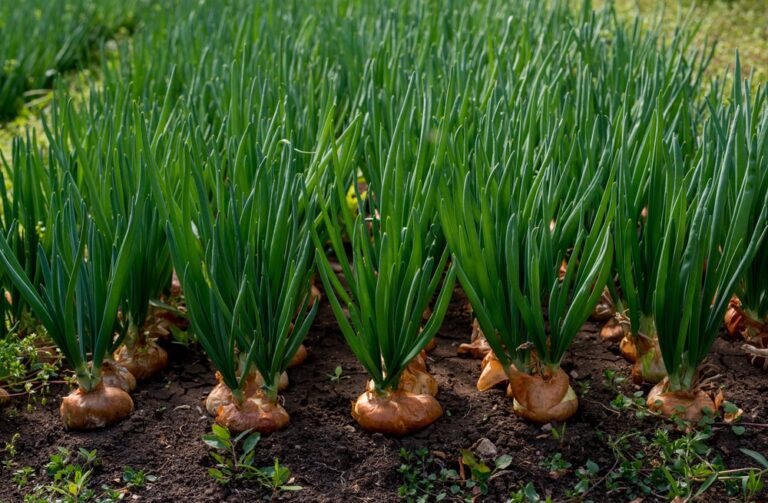
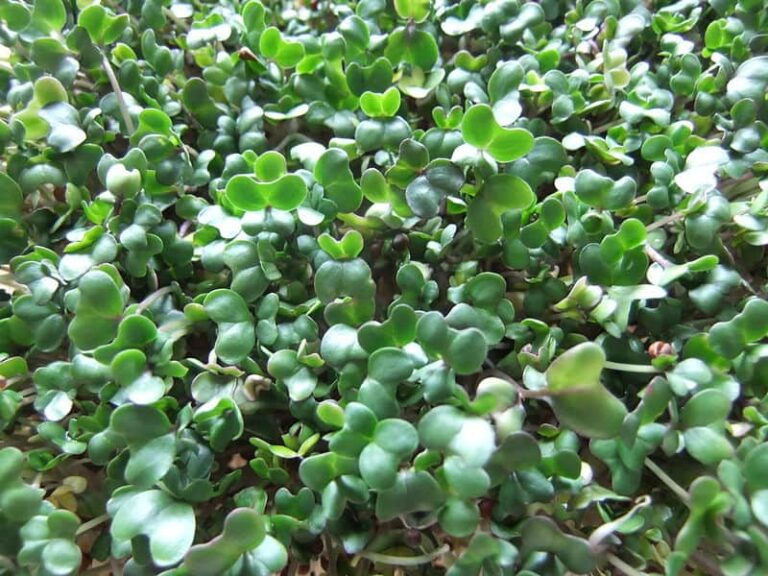
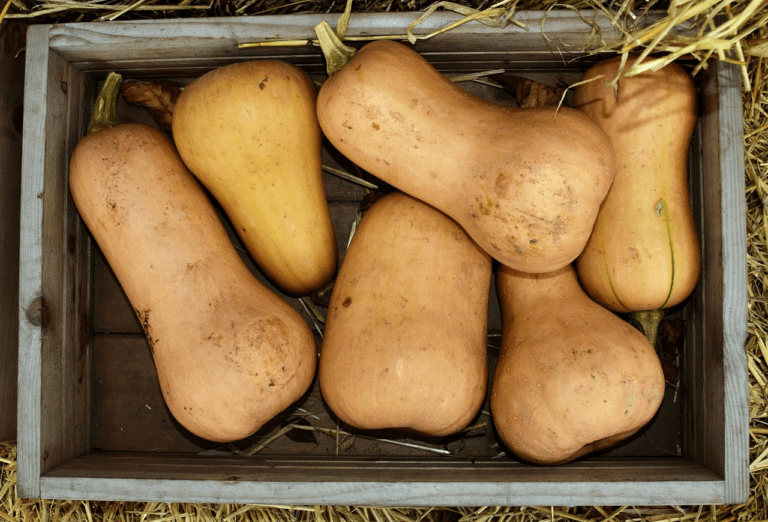

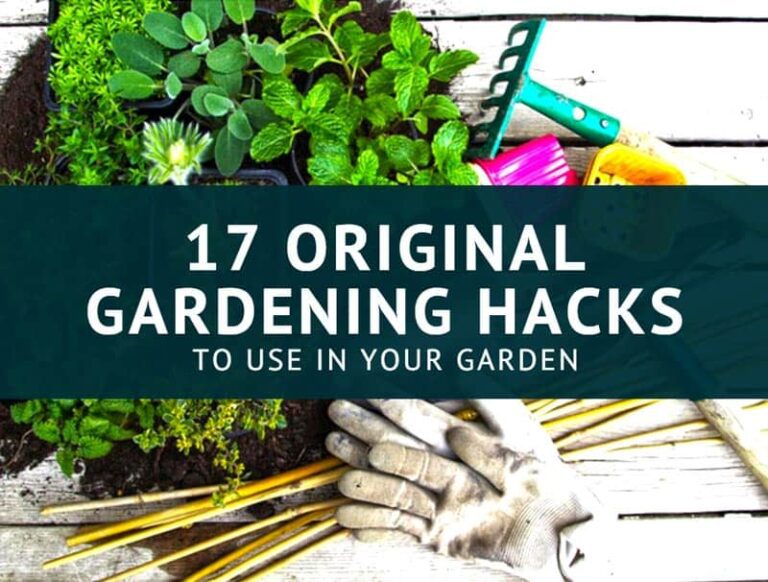
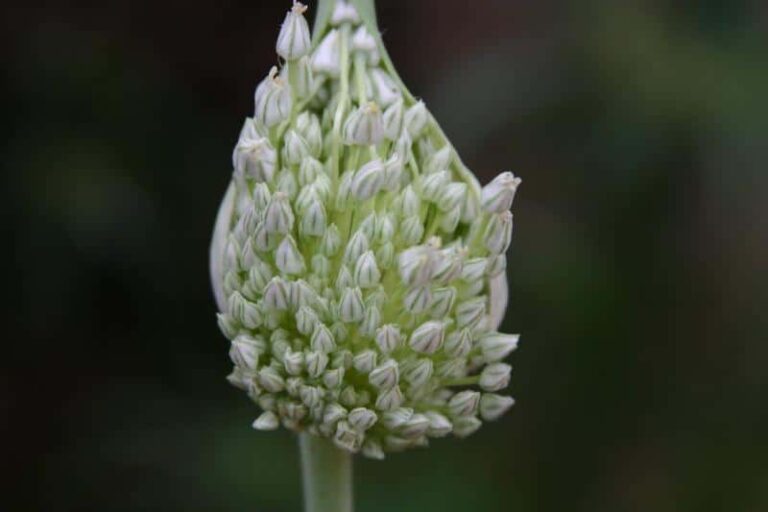
Can I plant anything else with an umbrella plant? It looks so lonely with the one 7 foot tree. Getting ready to repot it? Can’t find info anywhere on other plants it can share a container with.